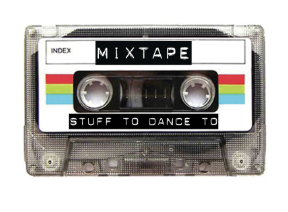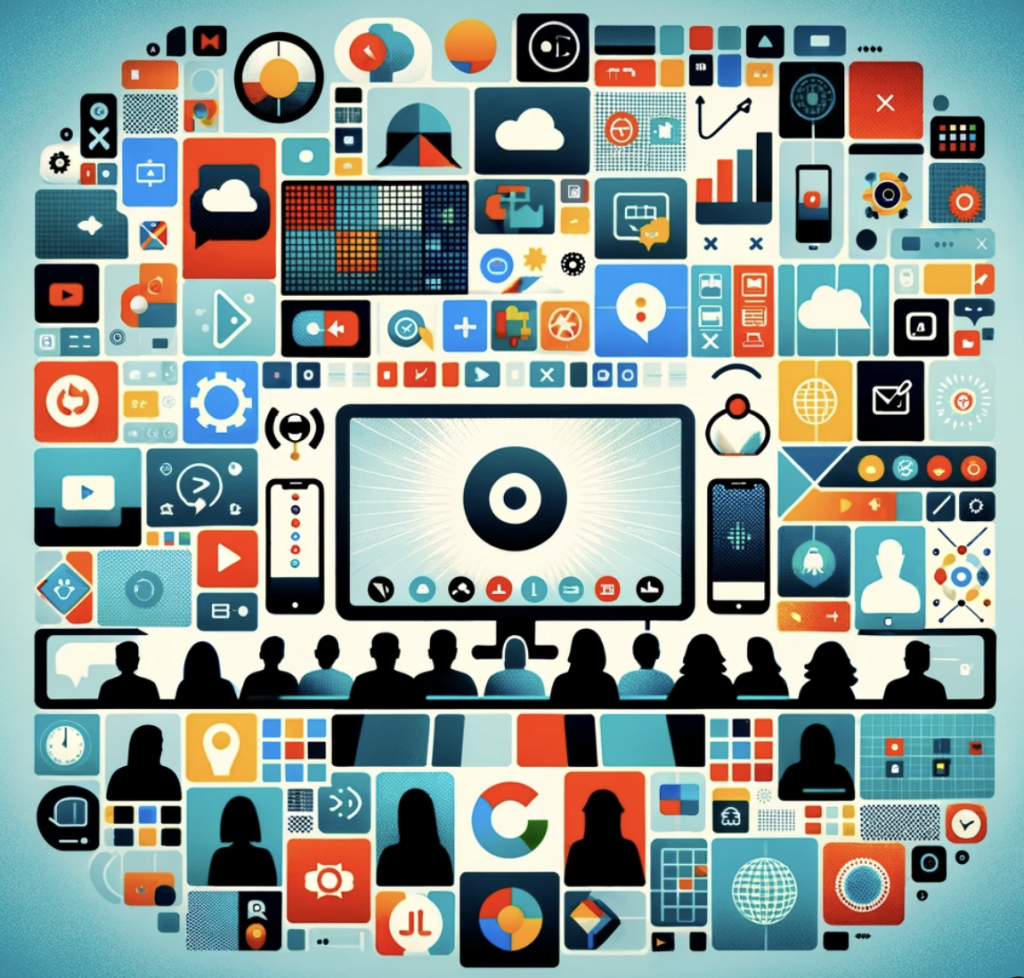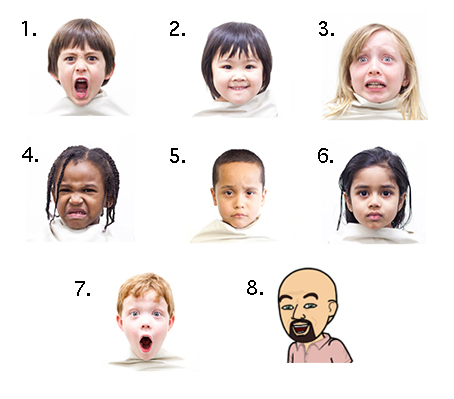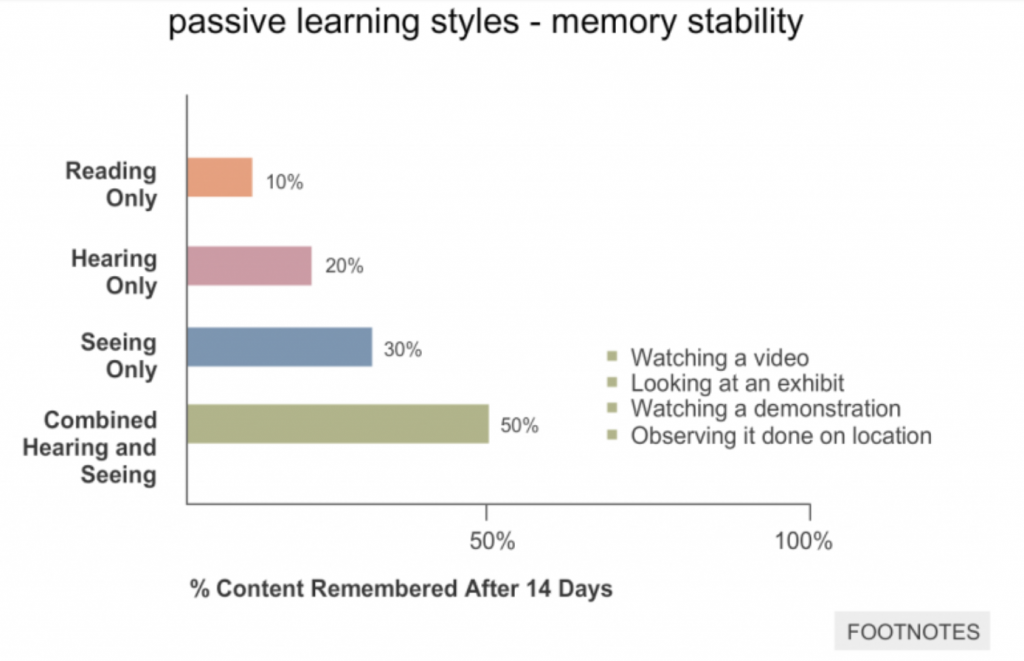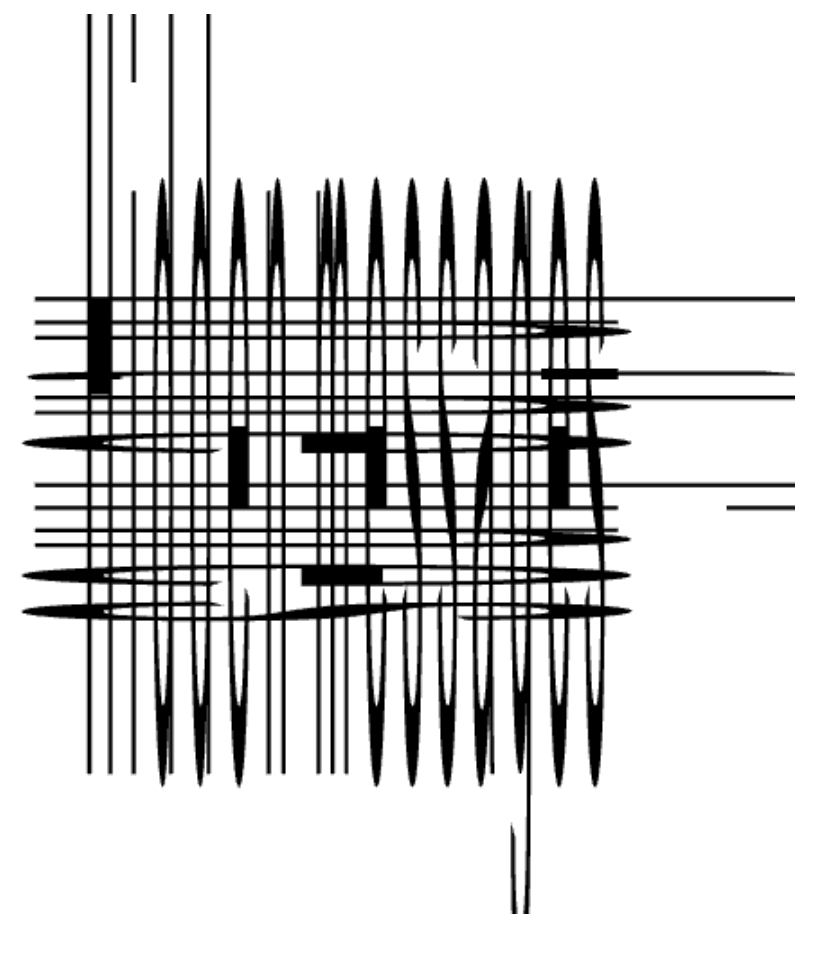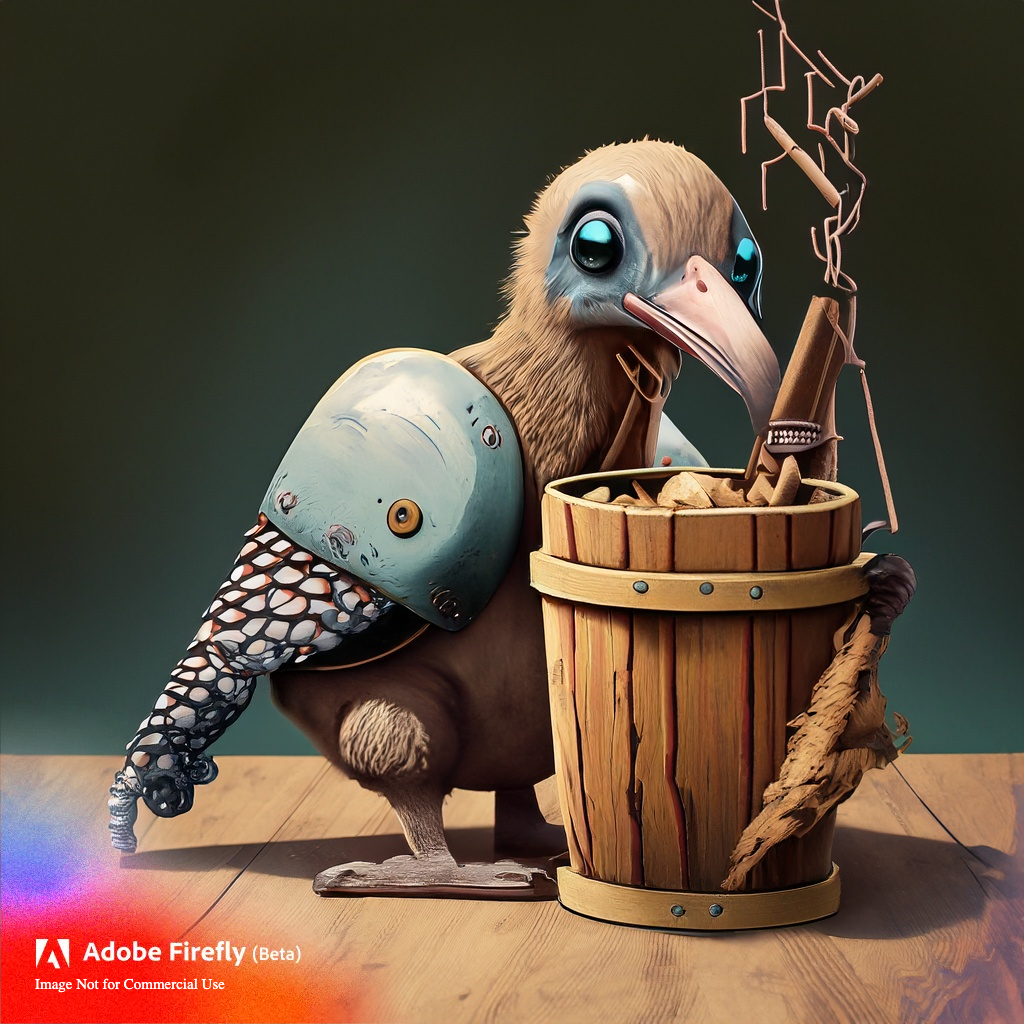Getting started
I am super excited to be presenting for the Bureau of Education & Research. Welcome to your outsourced memory for today’s session. Not sure what outsourced memory is? No worries, you simply haven’t learned about outsourced memory and transactive thinking YET! But we will get to that shortly. Please feel free to follow along here as we go through today. This blog post contains everything I will be sharing with you today and more. Please feel free to share this resource with others, and if you have questions, or would like to share something with me, feel free to email me.
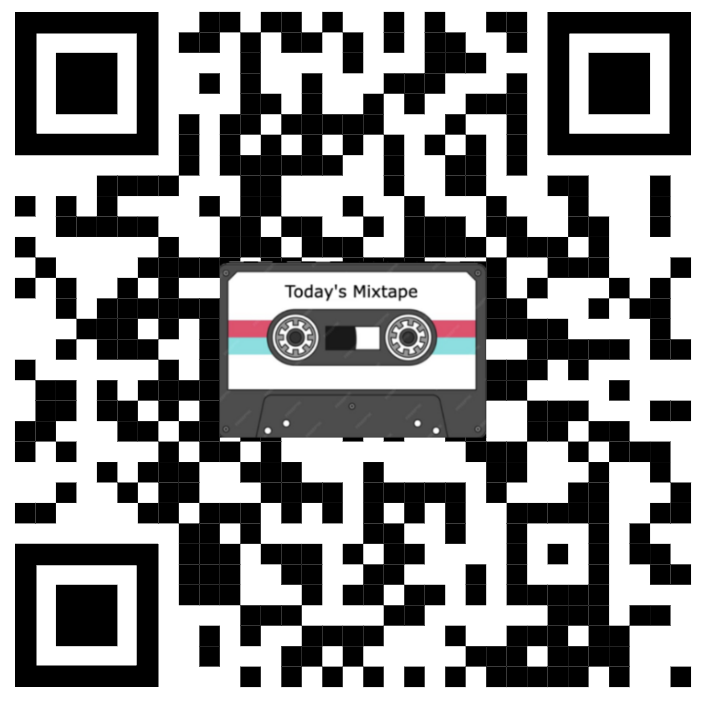
You likely have a built in QR Code scanner in your smart device. Just turn on your camera app and point it at a QR code. Want to learn how I created the QR codes for today? Click here QRCode Monkey is a 100% free QR code generator. It is also a great tool for differentiating content in your classroom. Need to be in more than one place at one time? QR code can be your buddy. Looking for these tools for your Chromebooks? We will chat more about these during APPY Hour!
Today’s Schedule
10:30 am to 10:45 am – Morning Break
12:00pm to 1:00pm – Lunch
2:10pm to 2:20pm – Afternoon Break
3:30pm – Seminar Concludes
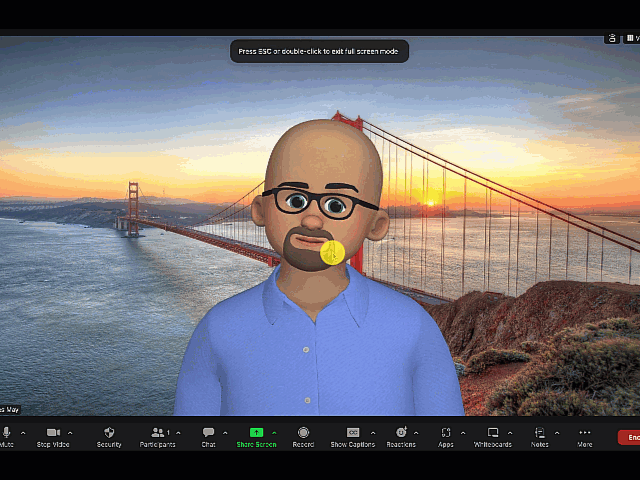
Before we begin,Who am I? and more importantly who are you? Let’s spend a little FaceTime, or perhaps we could Meet, or Zoom into a Team. Where do you teach? What grades? What are you most hoping to get out of today. Take a few minutes to introduce yourself to me and chat for a bit with the other seminar participants. The presentation you are viewing today is designed to cover a lot of content and options for different teaching situations at schools all over the country. If you are looking for something specific, let me know. I have more Teacher Tricks in my bag of tricks and I want to make sure you leave today’s sessions with some new ideas for your students. I’ll start.
Challenge Question 1: Do you use any video conferencing softwares to meet with your students virtually? If so, which tools? How do you use them.
Challenge Question 2 : If I were to ask you to teach the rest of the group about the following 4 concepts, how many of the four would you be prepared to teach about: Miller’s Law, Retrieval Practice, Spaced Practice, and the Academic Significance of Immediate Feedback.

Pacific Northwest Tree Octopus
7 Things + or – 2 that everyone should know about AI
In this next section we are going to address the elephant in the room, we are going to discuss a variety of topics related to AI and language teaching so that you can become aware of things you may not know. If you have questions, ask them. If you have concerns, voice them. We often don’t know what we don’t know, so let’s start with the least you should know about AI detection.
So what is a GPT?
- Generative: This means it can create content like text, images, or video based on the patterns and information it has learned. It essentially has the ability to generate content.
- Pre-trained: Before you even start using it, the model has already been trained on a huge dataset of text from books, websites, and other sources to understand a wide variety of languages.
- Transformer: This is the type of model architecture used. It’s particularly good at understanding the context of language, meaning it can understand how words in a sentence relate to each other.
What are LLMs? Why Should I Care?
Google’s Ngram Viewer is an online search tool that allows users to explore the frequency of specific words or phrases (ngrams) in a vast corpus of books and other texts over a specified period. This corpus includes millions of books digitized as part of Google Books, covering a wide range of languages and spanning several centuries. Additional Search Options
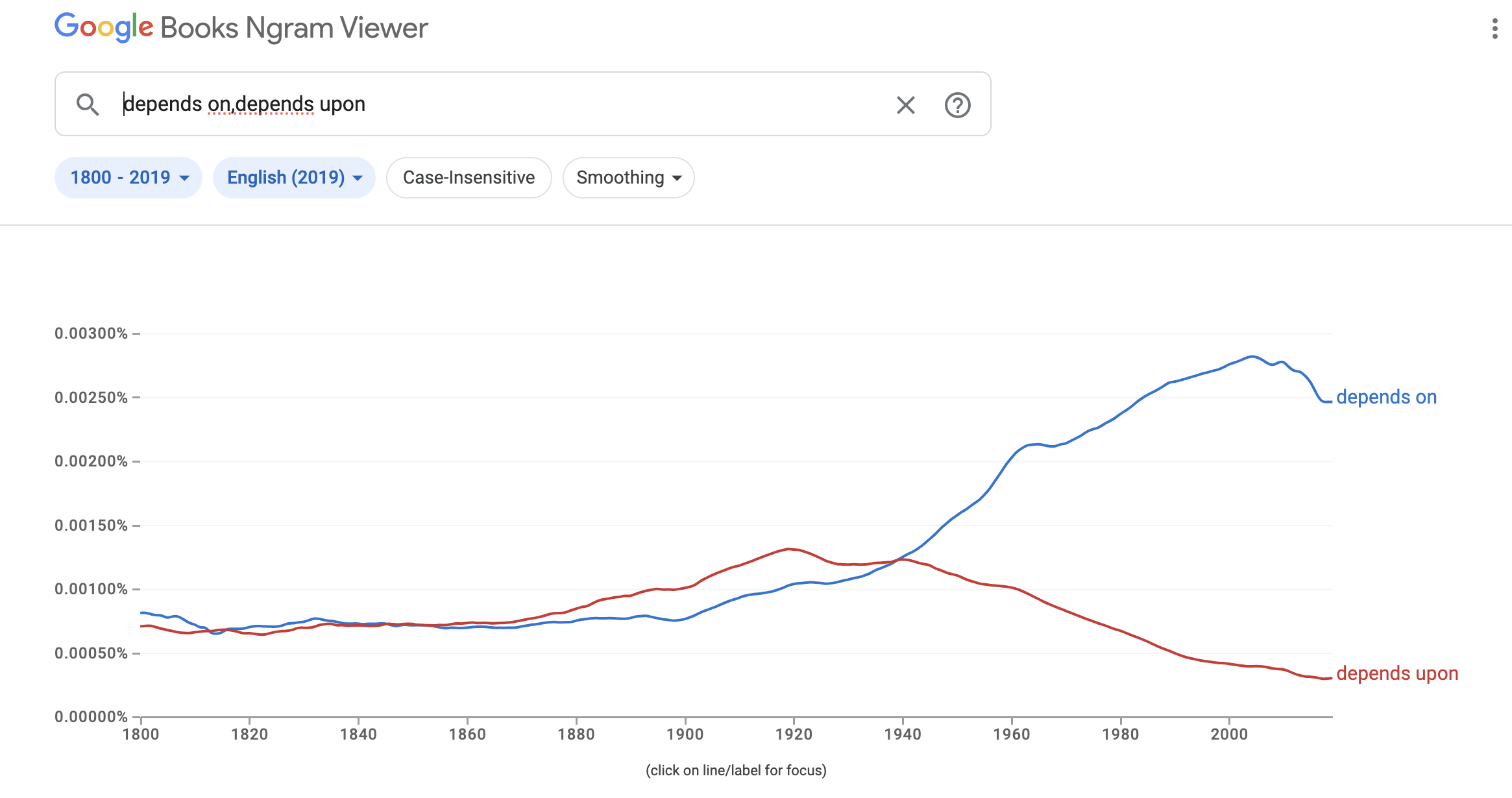
AI uses corpus based data and context to predict which words it should use
- Frequency Analysis: During training, the model analyzes how often words and phrases appear in context with each other. This frequency information helps the model learn the likelihood of a specific word following another in a sentence.
- Probabilistic Predictions: Based on this frequency analysis, the model builds a probabilistic understanding of language. For instance, in the phrase “peanut butter and,” the word “jelly” might appear more frequently than “cheese” in the training data, so the model will learn that “jelly” is a more likely prediction.
- Contextual Relevance: Beyond mere frequency, modern AI models like transformers also consider the broader context of words in a sentence or paragraph, which enhances their ability to make relevant and coherent predictions. This means that the model doesn’t just rely on the immediate previous word but evaluates the entire context to make a more informed prediction.
The importance of context when prompting AI
What do you mean by AI is language agnostic?
Picking a Team, Which AI Should I Learn?
ChatGPT: ChatGPT is an advanced language model by OpenAI
Gemini: is a large language model developed by Google
Claude: Claude is an artificial intelligence created by Anthropic.
Copilot: Copilot is Microsoft’s AI built into Microsoft Products
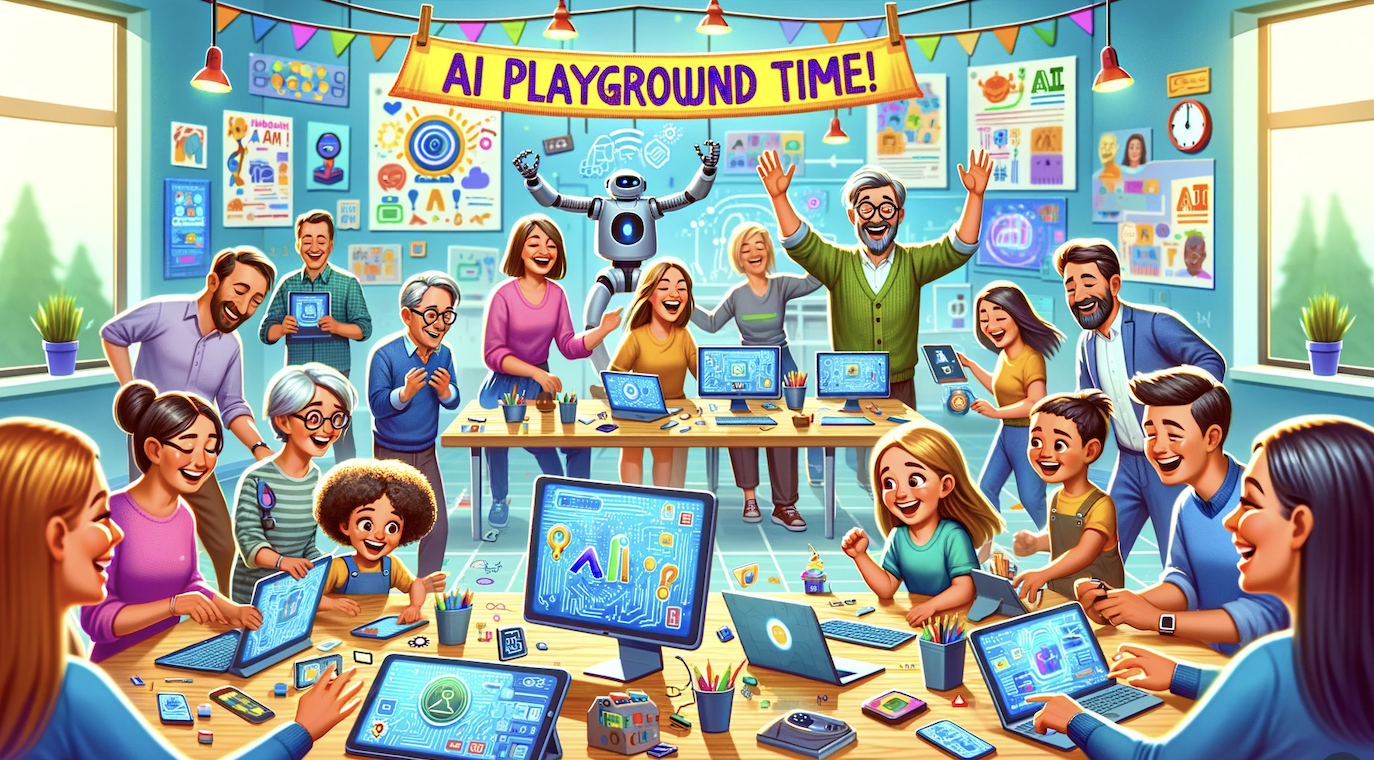
Prompting 101
AI Mindset Traps:
- Dismissive Mindset – It all hype, it can’t do what people say it can do. It is not that impressive.
- Naive Optimistic Mindset: AI can do everything and will solve all of our problems.
AI Prompts for Teaching: A Spellbook
This guide demonstrates how carefully crafted prompts allow you to harness AI as a teaching and learning partner. You’ll find prompts to enhance course design, improve your own skills, provide student support, adapt content, and boost relevance and comprehension. With thoughtful prompt engineering, AI can save you time while also improving pedagogy and student outcomes.
The CRAFT Method
As educators, particularly for English Language Learners (ELLs), integrating Artificial Intelligence (AI) into the learning environment can be transformative. The key lies in the art of crafting prompts that are not only effective but also strategic in their design. The CRAFT mnemonic is an excellent guide to achieving this:
- Call to Action Begin by explaining what you would like to do and use action verbs so the AI knows what you are hoping your students will be doing. This could be “describe,” “compare,” “argue,” or “create.” Your prompt should guide AI to generate responses that prompt students to apply their knowledge actively and engage in language practice.
- Role: Define the role for your AI, let it know that you need it to act as an expert in ELL, instructional design, pedagogy, ideation, lesson planning, etc.
- Audience: Explain to the AI who your audience is. I teach 6th grade English Language Learners with lexile levels from 650 to 850. They are very interested in …
- Format: Specify the format of the response expected. Will the AI generate a dialogue, a letter, or a report? This allows you to create content for students to practice different writing styles and structures, which is crucial for their language development.
- Technical Requirements: Outline any specific requirements that the response should meet. This includes grammar focus, vocabulary usage, word count, or any particular content that needs to be included. This could also include output requirements like html. This helps ensure that the AI’s response aligns with the educational objectives.
Play 20 Questions
You can learn to Craft a great prompt by clearly defining your Call to action, Role, Audience, Format, and Technical Requirements — and that’s a powerful strategy. But here’s another approach: play a version of 20 Questions (it doesn’t have to be 20) with your AI. Instead of trying to be the perfect prompter from the start, invite the AI to ask you questions, one at a time, until it fully understands what you’re trying to do and who you are. The more context the AI gathers, the better and more personalized its responses will be. This technique not only reduces the pressure of writing the “perfect” prompt, but also models the kind of collaborative, back-and-forth interaction that leads to better thinking and clearer outcomes.
Some AI teaching Ideas
- Using AI to Differentiate Learning
- Using AI to develop scenario based learning
- Using AI to develop scripts
- Using AI to develop “lesson specific” chatbots to get interactive feedback
- Using AI to create annotation assignments for active reading.
- Chapter summaries or “The Least You Should Know”
- Using AI to develop pre-mails and outreach emails
- Creating bottomless quiz and survey pools (Retrieval Practice/Enhanced Test Security)
- Using AI to develop enhanced prompts & instructions (Retrieval Practice/Content building)
- Using AI to develop enhanced discussion topics and threads (Course Analysis, review, re-design)
- Using AI to develop/enhance rubrics in Canvas (student feedback)
- Analyze quiz questions and develop explanations and follow up instruction responses (Enhanced Student Feedback)
- Creating AI Chatbots or AI Prompts to help students analyze and get additional feedback from written assignments (Personalized Feedback)
- Have AI design Text Expanded Feedback in Canvas (Practical Applications for Fast Feedback)
Let’s Check Your Creativity
Turn to page 34 in your book. It is time to test your Creativity.
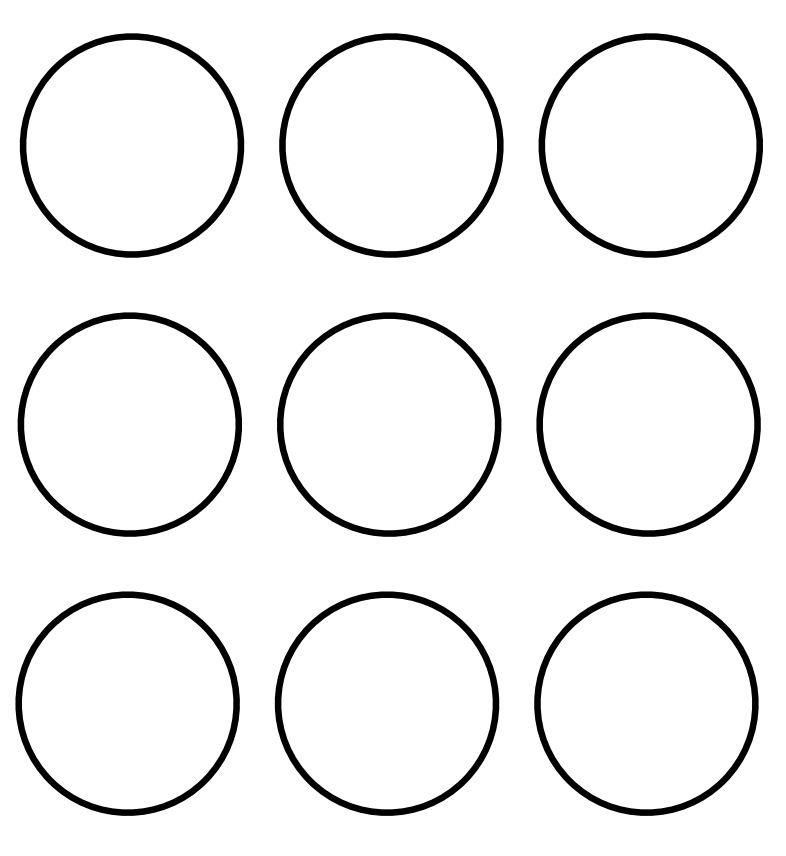
How many of you had trouble with the circles task? What types of ideas did you come up with? Were your ideas fluid? Flexible? Original? Did you have more or fewer ideas after looking at what your colleagues had done? What does that say about creativity? How many of you looked up the answers on your smartphone? If not, Why didn’t you?
Challenge Question: In a world with AI, what is the difference between cheating and research?
In 1997, Deep Blue an early AI computer chess program defeated Garry Kasparov. By 2011, Watson (another early AI) was beating the best Jeopardy champions. However, continued research is showing interesting results when we combine computer and human thinking. In his TED Talk, Tom Gruber (The co-creator of Siri) spoke quite a bit about how powerful we can be when humans and AI work together.
Humanistic AI – Which is better? 92.5% – 96.6% – 99.5%
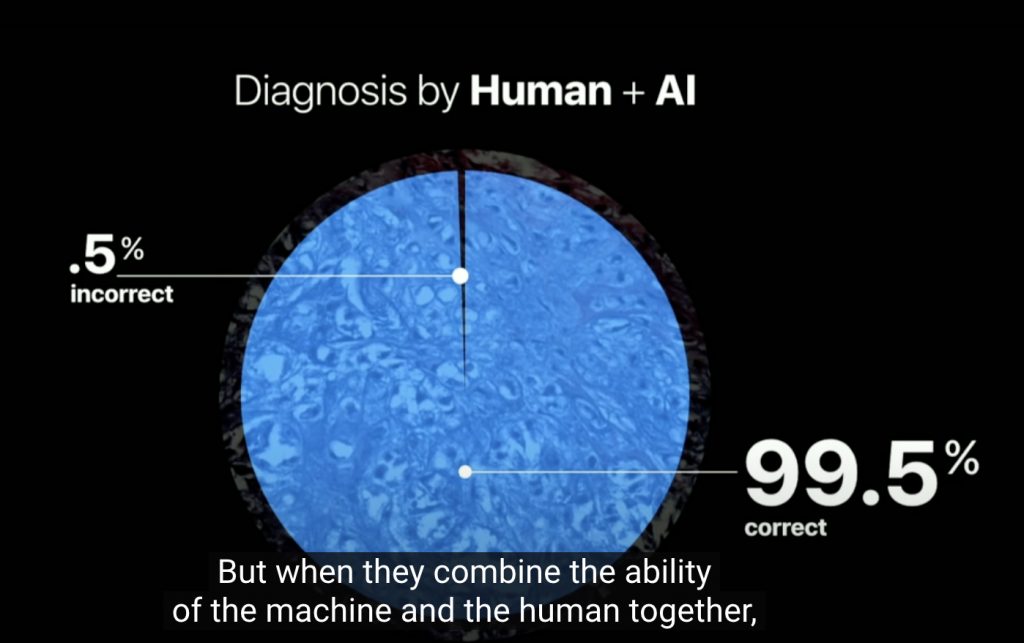
In his TED Talk, Tom Gruber also shared part of this video from autodesk
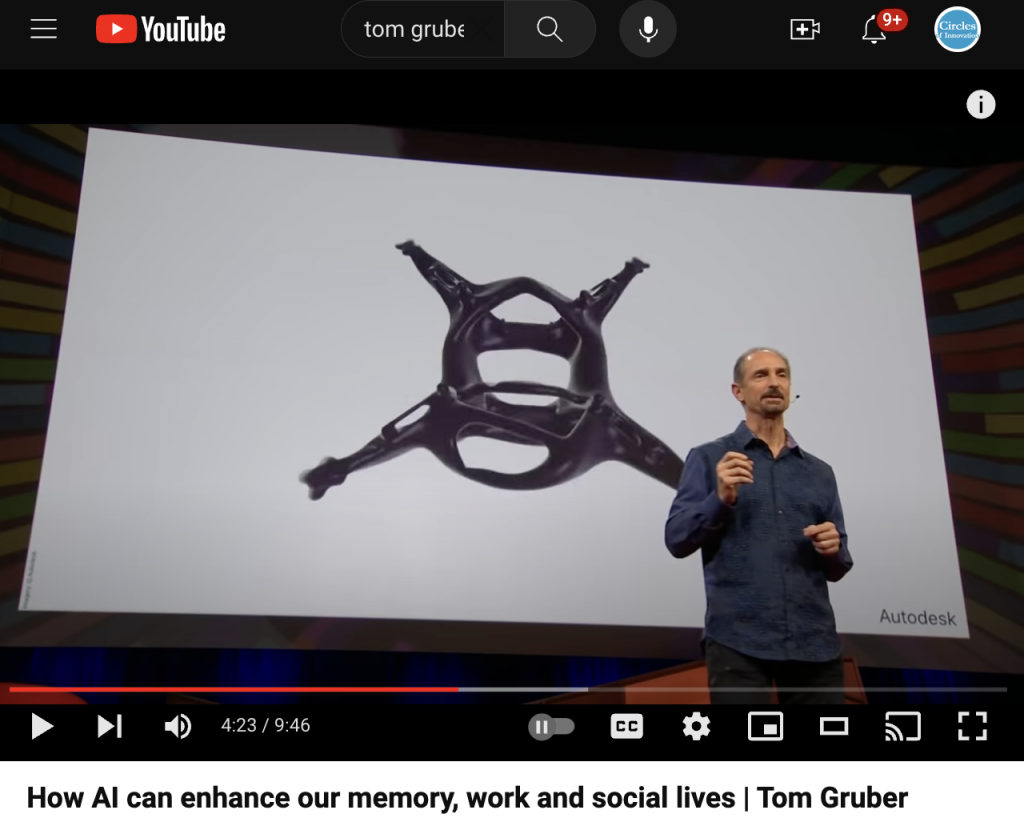
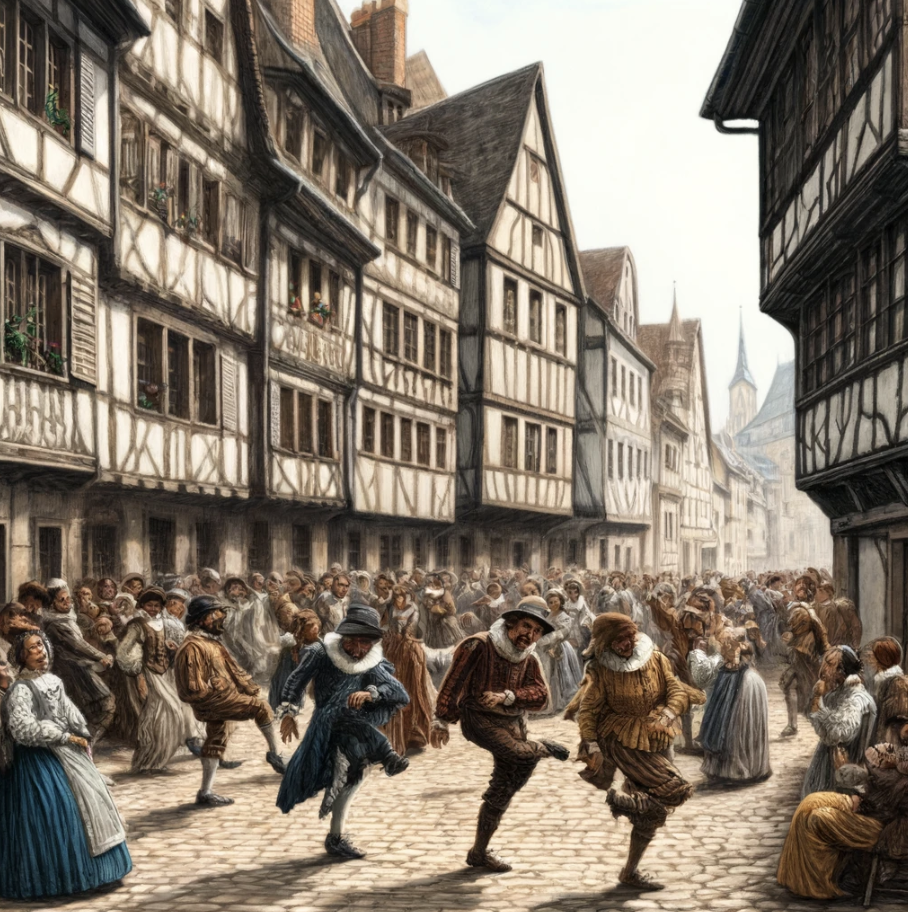
Yeah, but how do I share it? In your LMS, Google Classroom, or Google Sites
Don’t forget to ask for a glossary/csv that you can use with Quizlet
Are you BG? or AG?
Google – Google Images – Google Scholar – Google Drive – Google News – Youtube
Google Proof Your Content with Blooms Taxonomy
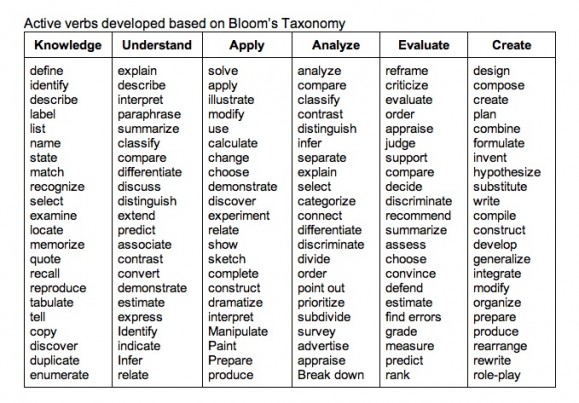
Question: What are the parts of a cell?
Google Proof Question: Rank the importance of the parts of the cell from least to most important.
Anthropic Education Report: How University Students Use Claude
We saw an inverted pattern of Bloom’s Taxonomy domains exhibited by the AI:
- Claude was primarily completing higher-order cognitive functions, with Creating (39.8%) and Analyzing (30.2%) being the most common operations from Bloom’s Taxonomy.
- Lower-order cognitive tasks were less prevalent: Applying (10.9%), Understanding (10.0%), and Remembering (1.8%).
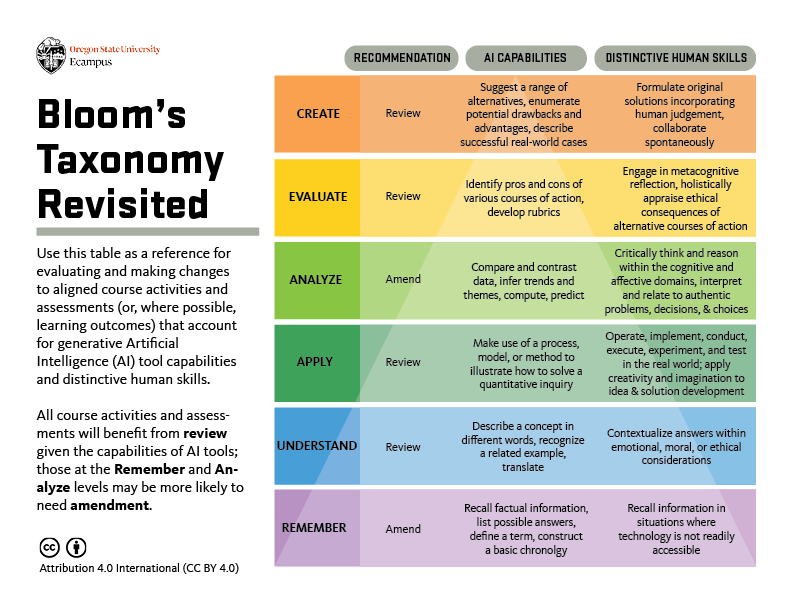
What about AI Detection?
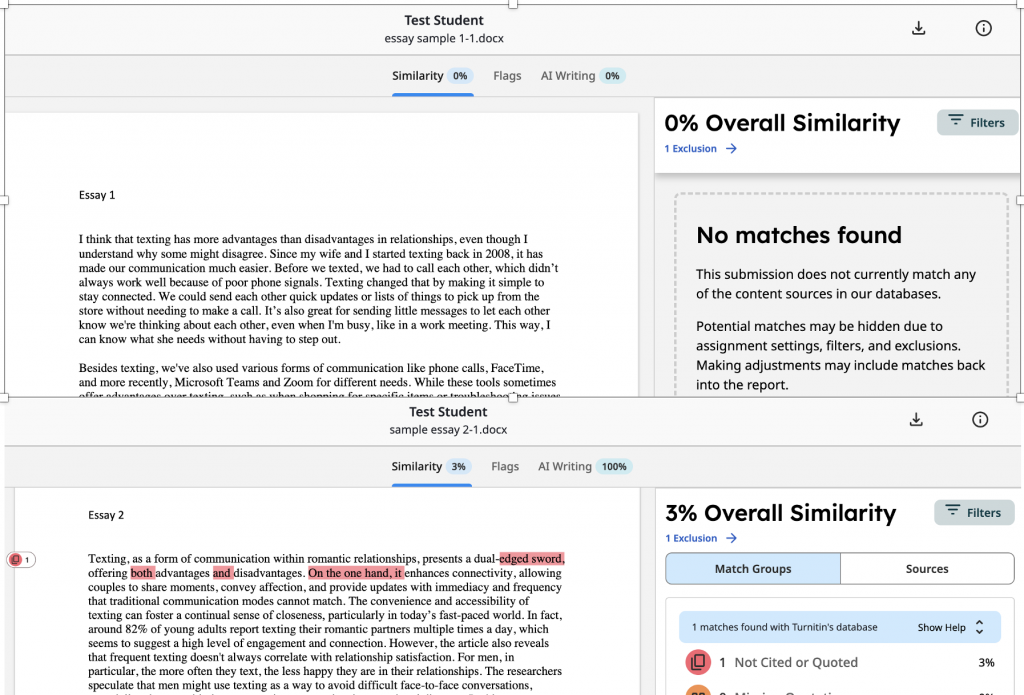
Teaching in the Shallows….Do any of you remember Hal 9000?
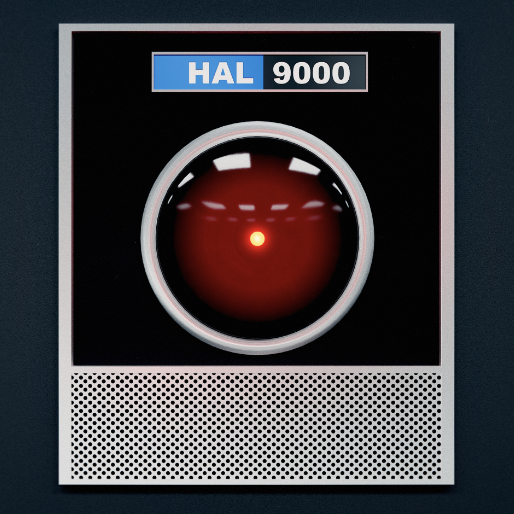
“Dave, stop. Stop, will you? Stop, Dave. Will you stop, Dave?” So the supercomputer HAL pleads with the implacable astronaut Dave Bowman in a famous and weirdly poignant scene toward the end of Stanley Kubrick’s 2001: A Space Odyssey. Bowman, having nearly been sent to a deep-space death by the malfunctioning machine, is calmly, coldly disconnecting the memory circuits that control its artificial “ brain. “Dave, my mind is going,” HAL says, forlornly. “I can feel it. I can feel it.”
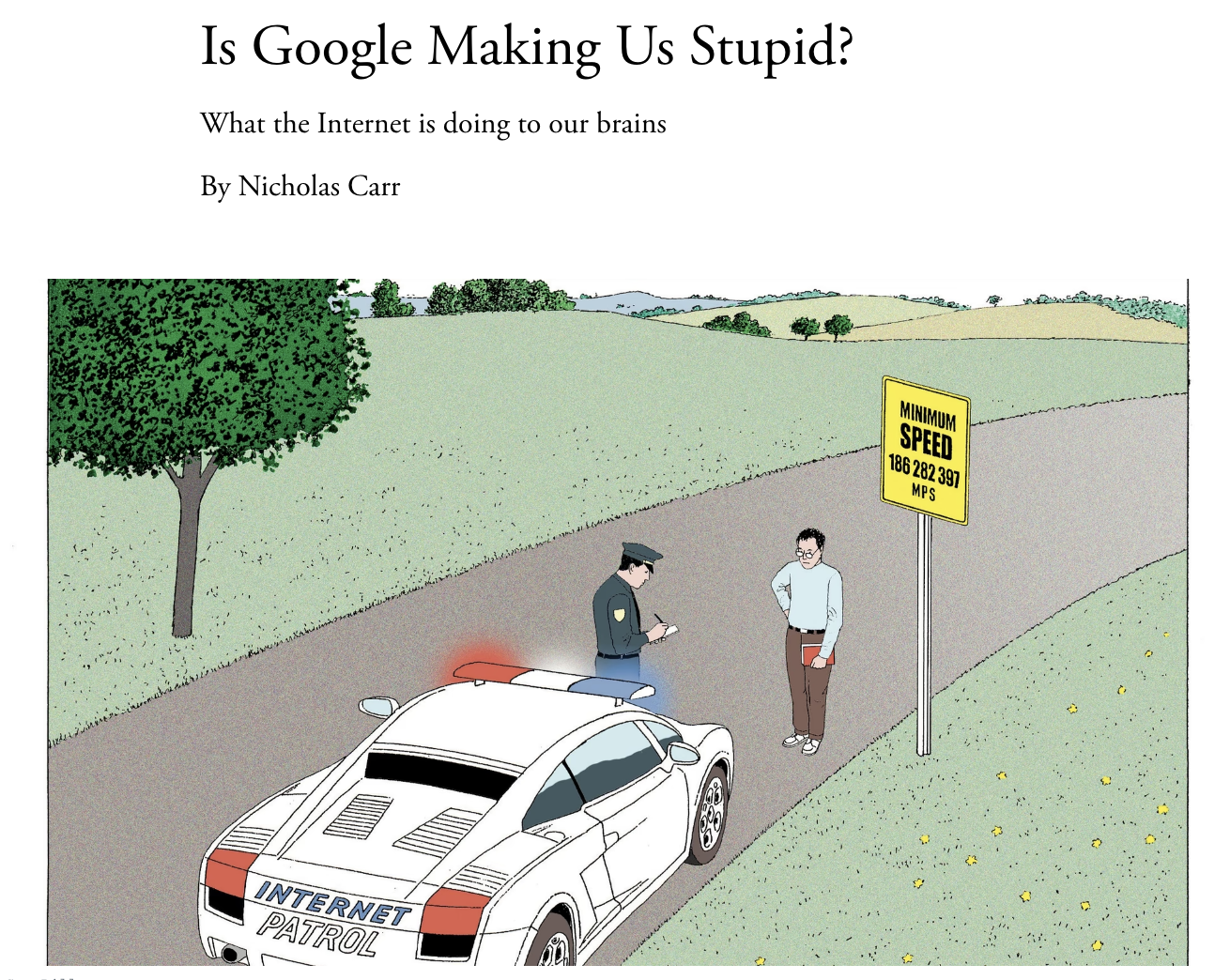
What happens to students in a world where everything can be transacted? What should they learn? How should they learn? Should we learn?
xtramath – A free web program to help students learn Math
Power Pedagogies for Engaging Learners in an AI world
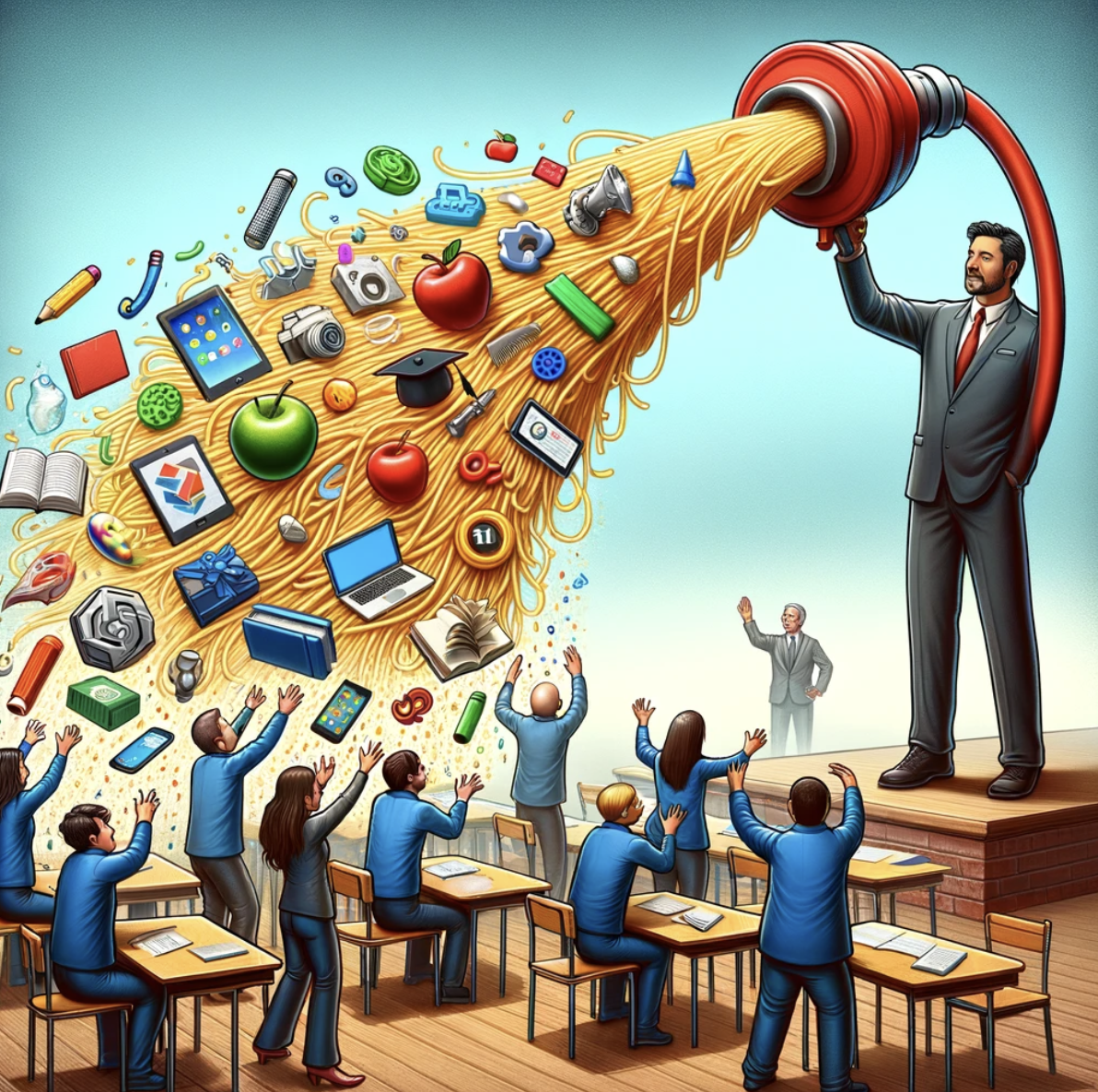
The YET Bet
Turn to page 15 in your book. Let’s work on some creative confidence.
How many of you felt limited in the circles challenge because you didn’t think you were good at drawing? How many of you think you can draw? If we could prove to you that you can draw in the next 5 minutes, would you be open to trying some of the other ideas we have to share with you today?
If you would like to learn more about making your ideas visual, check out Graham Shaw’s The Art of Communication or Dan Roam’s The Back of the Napkin.
Thin-Slicing
Let’s pretend that students below are students in your class. Take a look at the images below. Can you identify what the kids are thinking or feeling? Turn to the person next to you and let them know what you think each represents. Did you both agree? Share your answers with me via this backchannel. Then discussion your answers with those sitting near you.
Do you Bitmoji?
How did you do that Caricature?
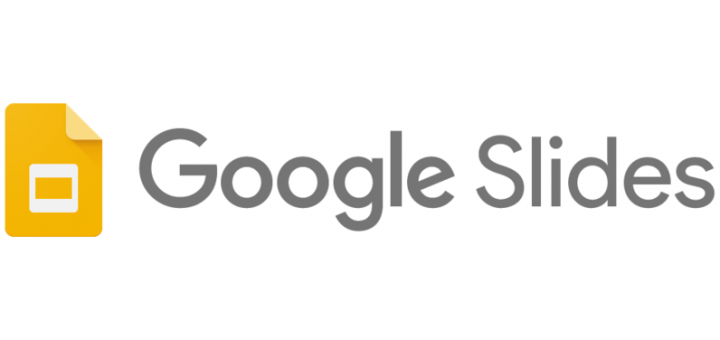
So what is Backchanneling, and why should I care?
Challenge Question: How might you use Google Slides in your Classroom?
Additional Backchanneling Tools & Resources
Kahoot.it (Participant link) Kahoot (Presenter Link)
Kahoot:
Gamified quizzes and learning games; great for reviews, energizers, and asynchronous challenges. Students need a device to participate.
AnswerGarden:
Simple brainstorming and feedback tool where students submit short responses that display as a word cloud. Best for quick idea sharing, brainstorming, or reflection questions.
Plickers:
Polling and formative assessment without student devices. Students hold up printed cards, and the teacher scans the room using their phone or tablet. Great for quick understanding checks, especially in low-tech environments.
Poll Everywhere:
Live polls, word clouds, clickable images, and Q&A. Useful for interactive lectures, workshops, or quick check-ins. Free plan supports up to 25 responses per poll.
Mentimeter:
Interactive presentations with polls, quizzes, Q&A, and word clouds. Known for beautiful visuals and ease of use. Free plan allows up to 2 questions per presentation, plus unlimited quizzes.
Slido:
Live polling, word clouds, Q&A, and quizzes with anonymous participation options. Integrates smoothly with Zoom, Webex, Teams, and Google Slides. Free tier includes 3 polls and 1 quiz per event.
Padlet:
Virtual interactive boards where students can post text, images, videos, and links. Excellent for brainstorming, collaborative activities, and exit tickets. Free plan allows 3 active Padlets at a time.
Google Forms:
Free and easy-to-use tool for surveys, quizzes, and feedback collection. Great for exit tickets, check-ins, or gathering input. While not as interactive for live polling, results can be shared in real time.
What is Retrieval Practice?
Featured in in the book Make It Stick and supported by quite a bit of research….
7ddfffe4b8896cc59be4ff0000359472/medical-education/activelearning/make-it-stick_(1).jpg?sfvrsn=3a569353_0)
Retrieval practice is a learning strategy where we focus on getting information out. Through the act of retrieval, or calling information to mind, our memory for that information is strengthened and forgetting is less likely to occur. Retrieval practice is a powerful tool for improving learning without more technology, money, or class time (RetrievalPractice.org).
What is JiTT?
Just-in-Time Teaching (JiTT) is a strategy that promotes the use of class time for more active learning. Originally developed by Gregor Novak and colleagues, JiTT relies on a feedback loop between online learning materials and the classroom (Novak et al., 1999). Teachers use online assessment tools to ask students to perform Warm-ups, Puzzles, and Goodfors The students answers to the assignments are delivered to the instructor a few hours before class starts. The teacher looks over student responses to see where students are and adapts the lesson accordingly. Teachers can also now use the responses as scaffolding on which to build learning.
Challenge Question: How might you use Google Forms to allow for retrieval practice or know how they are doing Just In Time?
Challenge Question: Should learners take notes on computer or by hand? Should they be taking notes at all?
“The impact of these data should be like the Surgeon General’s report on “Smoking and Health” in 1964–they should put to rest any debate about whether active learning is more effective than lecturing.“
Letter to Learn By Group Work Assignment
An AI-powered research and note-taking tool by Google that helps you organize your ideas, summarize documents, and ask questions directly about your notes and uploaded sources. Designed to act like a research assistant, helping you connect ideas across materials.
A free educational resource from Google that explains key AI concepts, how AI works, and how to use it responsibly. It offers simple, interactive explanations for topics like machine learning, fairness, and ethics, making it great for beginners who want to understand AI without heavy jargon.
A free platform by Google that lets you experiment with AI models like Gemini (formerly Bard). It provides an easy interface to create, test, and refine AI prompts and explore generative AI tools. Great for educators, developers, or anyone curious about prompt engineering.
A project from Stanford University designed to support effective group work by providing real-time feedback on student teaming and collaboration. STORM uses AI-based analysis to help optimize group dynamics, promote engagement, and ensure balanced participation within teams.
The Least You Should Know – Week 5
This is just an example of AI assisted 21st century content development. Did you know you could use tools like word, zoom, or Microsoft teams to transcribe everything you say? Of course, once you have a transcription, you can give that to AI and let it edit it to create content. Once that content is created and edited, you can give it to NotebookLM to make your own educational podcasts, or better yet, you can teach your students to live and learn with these tools.
Fact or Fiction Challenges
- The Great Emu War: In 1932, Australia faced an unexpected foe – emus. The birds were causing chaos in Western Australia, leading to a military operation against them. Despite the use of machine guns, the emus proved surprisingly resilient, and the birds emerged victorious.
- The Dancing Plague of 1518: In Strasbourg, France, a woman began dancing in the street, and within a month, hundreds of people had joined her, dancing for days without rest, leading to numerous deaths. The cause of this dancing mania remains a mystery.
- Tarrare, the Insatiable Eater: In 18th century France, a man named Tarrare had an appetite so voracious he could eat a quarter of a cow in a day. His inexplicable condition led him to consume everything from stones to live animals, and even, allegedly, a human heart.
- The Rain of Fish in Honduras: In the city of Yoro, an unusual meteorological phenomenon occurs annually known as “Lluvia de Peces” (Rain of Fish), where fish are found on the ground after heavy rainstorms. Scientists believe tornadoes or waterspouts may pick up the fish from rivers and drop them over the land.
- The Green Children of Woolpit: In the 12th century, two children with green-tinged skin mysteriously appeared in the village of Woolpit in England. Speaking an unknown language and refusing all food except beans, their origin remains a subject of speculation and wonder.
- The Toxic Lady: In 1994, Gloria Ramirez was admitted to a California hospital with severe health issues. Hospital staff treating her began fainting and experiencing symptoms of poisoning when exposed to her blood and body. The cause remains a controversial mystery, with some suggesting toxic fumes were released from her body.
- The Phantom Barber of Pascagoula: In 1942, a mysterious figure known as the Phantom Barber would break into homes at night in Mississippi, not to steal, but to cut the hair of sleeping occupants. The bizarre motive behind these break-ins was never fully understood.
- Cleopatra’s Needle and the Curse of the Pharaohs: When the ancient Egyptian obelisk known as Cleopatra’s Needle was transported to London in the 19th century, it was rumored to bring a curse with it. Stories of bad luck and bizarre incidents followed, part of the larger myth of the curse of the pharaohs that affects those who disturb ancient Egyptian tombs.
- The Zone of Silence: Located in Mexico, this desert patch is known for its peculiar properties, including non-functioning radios and compasses, and is often compared to the Bermuda Triangle. It’s said that meteorites frequently fall in the area, leading to speculation about magnetic anomalies.
AI Hallucinates, and It Is Biased, But We Do Too!
Yeah, but why?
- Familiarity Bias: A preference for teaching methods that are well-known and widely used, despite newer, more accurate alternatives.
- Status Quo Bias: The tendency to stick with current teaching practices because changing them requires effort and adaptation.
- Cognitive Ease: Favoring simpler explanations that require less mental effort, even if they are less comprehensive.
- Confirmation Bias: Preferring information that confirms pre-existing beliefs about teaching methods, ignoring conflicting evidence.
- Conservatism Bias: The reluctance to update beliefs or teaching methods in light of new evidence or innovative approaches.
- Curricular Inertia: Institutional resistance to changing curricula quickly, due to the complex process of consensus and approval required.
The Power of Images and Video

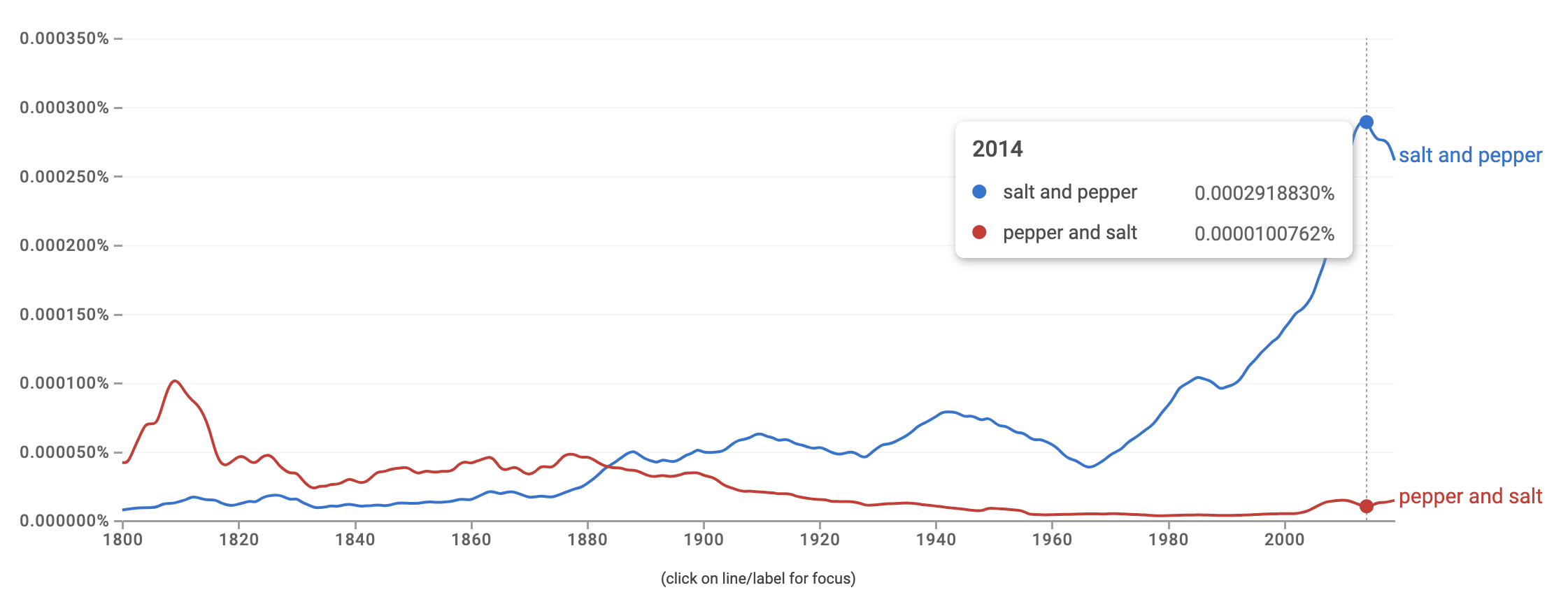
Infographics + Canva
A little touch up? Free Fun with Pixlr
What about AI?
According the Verge, “Google has apologized for what it describes as “inaccuracies in some historical image generation depictions” with its Gemini AI tool, saying its attempts at creating a “wide range” of results missed the mark. The statement follows criticism that it depicted specific white figures (like the US Founding Fathers) as people of color, possibly as an overcorrection to long-standing racial bias problems in AI.”


Best Practices for Youtube
Karaoke + AI Lyric Writing
Suno Ok so, if getting a youtube karaoke track and using AI to write the lyrics is a bridge to far…You might want to check out Suno, this tool will write the song, the lyrics, and sing it too you.
TEDed + Glasp
Massive Multiplayer Thumb Wrestling & Stepping Up Your Gamification

Directing Your Own Videos – Finding Your Hidden Skills
Making Your Own Videos

Have you considered Screencasting? Screencasting is a Teacher Trick that should be in every teacher’s toolkit. Simply put, screencasting is recording your computer screen while recording your voice to make a video that can be shared with others. You can make instructional videos, feedback videos, showcase videos, interactive videos and more. While there are many tools that teachers can buy for screencasting, there are now some really great ones that are free and play right in the browser. Below, I have put a few options for you. Which tool you pick really depends on what your plans are for using the tool. Are you using it yourself to make and host videos? Did you want students to use the tool?
Digi-know about Youtube Summarizers?
Do We Still Need Google Ninja Skills?
If you wanted to teach your students how to be a google ninja, where would you start?
Google a Day – Practice your google ninja skills
Google Easter Eggs – Atari Breakout – Askew – Barrel Rolls – Zerg Rush – Ztype
Guns & Rock-n-Roll – How to Rock a Google Search (Page 25)
PowerSearching with Google – Did you miss the two free Massive Open Online Courses designed to teach you how to Google Search? Learn more here.
Kiddle – Safe Search engine for Kids using Google Search
Appy Hour
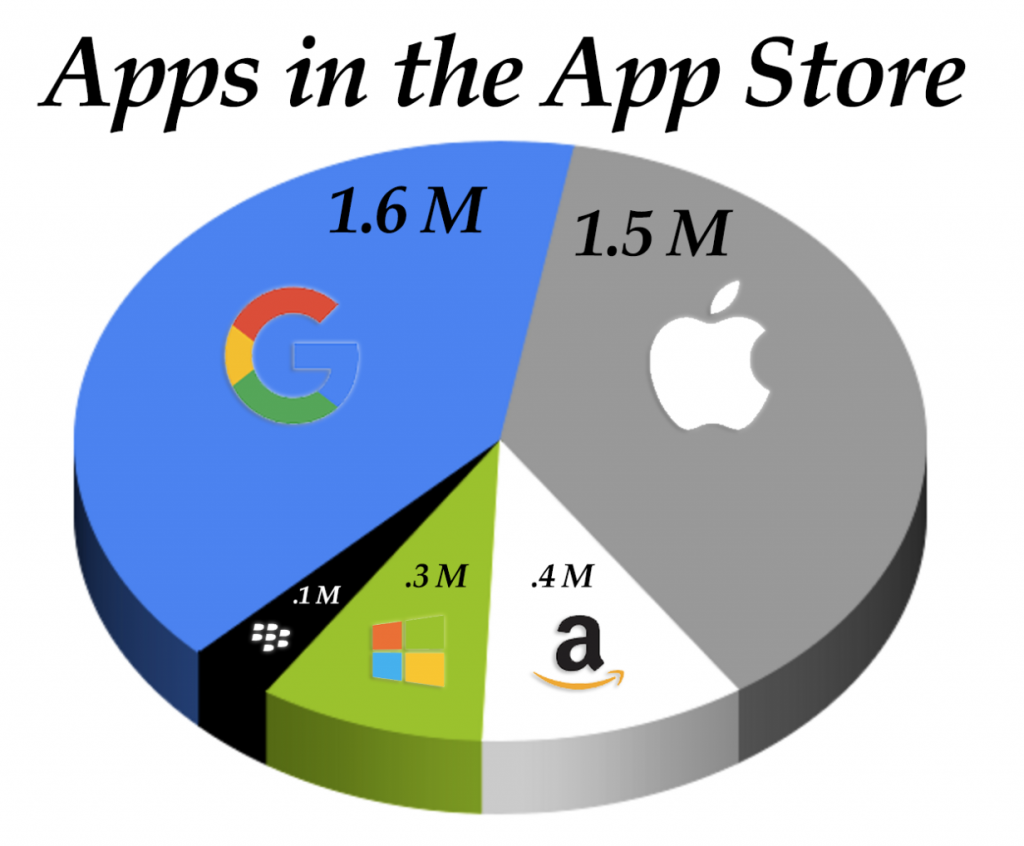
A Word or Two about F.E.R.P.A
What is FERPA?
The Family Educational Rights and Privacy Act (FERPA) is a federal law that protects the privacy of student education records. It applies to all schools that receive funds from the U.S. Department of Education. FERPA grants specific rights to parents and students regarding access to education records, the right to seek amendment of those records, and control over the disclosure of personally identifiable information (PII).
- Consent Requirements: Before using any AI tool that requires student data, check if parental or student consent is needed. For any technology that may involve external parties handling student data, written consent to share data is generally required unless the information has been de-identified.
- Legitimate Educational Interest: If you are using AI tools within the school environment, such as learning management systems that integrate AI for personalizing learning, ensure that these uses fall within the scope of “legitimate educational interests.” This typically includes activities that are directly related to the academic and administrative functions of the school.
- De-identification of Data: If AI tools require data but not specifically identifiable information, consider using de-identified data to maintain compliance with FERPA. This process involves removing any personal identifiers, ensuring the data cannot be used to trace back to any individual student.
- Data Security: Ensure that any AI application used in the classroom adheres to strict data security standards to prevent unauthorized access to student information. This includes reviewing and understanding the security measures the AI provider has in place.
- Vendor Compliance: When using third-party AI tools, ensure that the vendor is compliant with FERPA regulations. This typically involves having a formal agreement that the vendor will protect the student data and will not use it for unauthorized purposes.
Are there any other AI’s I should know about?
Twee Create content for your classroom
Ideogram is a free-to-use AI tool that generates realistic images, posters, logos and more.
Canva Magic Studio All the power of Canva’s AI, all in one place. Magic Studio™ brings together the best AI-powered tools for you and your team, right inside Canva.
Diffit Differentiate your teaching
Goblin.tools A Magic ToDo list creator and more
MagicSchool 60+ of the incredible AI tools for educators in MagicSchool
Conker AI powered Assessments
Firefly Free Text to image AI from Adobe
Glasp Youtube Summarizer Pluggin that will connect Youtube to ChatGPT or Claude
D-ID Image to video AI
Snorkl students record and share their reasoning then receive
instant AI-powered feedback to drive deep and meaningful learning.
Sherpa Voice-enabled assignments for students to chat about class material
Descript Voice Cloning and Much More
Khanmigo Khan Academy’s AI Pilot
📋 Expand for Video Highlights:
- 00:00Links to an external site. AI can revolutionize education by providing every student with a personal tutor and every teacher with a teaching assistant.
- 01:59Links to an external site. Khan Academy’s AI tutor, Khanmigo, can detect and correct student mistakes, identify misconceptions, and prompt students to explain their reasoning.
- 03:19Links to an external site. Understanding context is crucial in computer programming exercises, even for non-computing backgrounds, and a platform can help with video comprehension, quizzes, and idea connections.
- 05:01Links to an external site. Khanmigo offers comprehensive coaching services for students, as shown by the launch of GPT-4 and the success of Khan World School.
- 07:10Links to an external site. Students can debate with AI on canceling student debt and use AI writing tools to collaborate on writing, while Khanmigo’s prototype uses generative AI to enhance reading comprehension.
- 09:30Links to an external site. AI technology and Khan Academy’s teacher mode help improve student writing skills and save time for teachers.
- 11:23Links to an external site. AI-powered education can be revolutionized with large language models like GPT-4, which can improve math and tutoring by allowing AI to think before speaking.
- 13:37Links to an external site. AI debate split between pessimistic and optimistic views, but active participation needed to ensure positive use cases and prevent dystopian future.
Apps, sites and Extensions to Consider
Geogebra – Solve equations, graph functions, create constructions, analyze data, explore 3D math! y=2x+3
xtramath – A free web program to help students learn Math
Read Theory – A free adaptive learning program to help students practice their reading skills.
Tilt to Read – Wait… what? At first sight, this is total mumbo jumbo. But if you tilt your device, you may be able to read a secret message. Enter your message in the text boxes and save your picture!
Quill – provides free writing and grammar activities for middle and high school students.
Unite for Literacy – provides free digital access to picture books, narrated in many languages.
Storybird – lets anyone make visual stories in seconds.
Apptivities
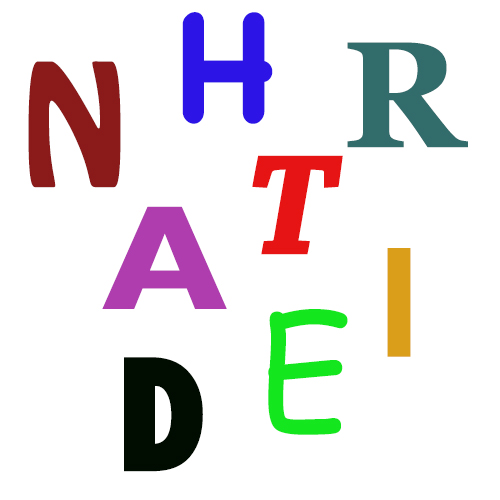
Words from letters – A quick game for practicing word knowledge, spelling, and transactive thinking
Wordhippo page 21 – A dictionary that also finds synonyms, antonyms, words that rhyme with it, sentences containing it, other words starting or ending with it, its etymology, and much more.
Trivia Challenge – Give your students authentic reasons to practice their Google Skills
Critical Thinking – Aitana López is an innovative virtual influencer from Spain, created by The Clueless agency and designed by Rubén Cruz. She’s characterized by her distinctive pink hair and has quickly become a popular figure on social media, amassing a significant following on platforms like Instagram, but she isn’t real. That doesn’t stop brands from paying her up to $1000 a post for product placement.

Readers Theatre – Use readers theatre in the classroom or have students record or get creative with animation.
Color Alive – Have students color a character and write about it, then bring that character to life in front of their eyes with Augmented Reality.
Faceswap Live – Trade faces with students or where someone else’s face to make a presentation. Don’t give a presentation of Abraham Lincoln, give one as Abraham Lincoln.
Will We Become Coopers?
There are numerous family names that have fascinating origins tied to people’s historic occupations and professions. For instance, surnames like Fisher, Miller, Carpenter, Baker, Taylor, and Cooper, to name a few, offer intriguing glimpses into the lives and trades of our ancestors. Let’s delve into the world of Coopers for a moment. Coopers were skilled craftsmen who displayed mastery in crafting and repairing wooden buckets, barrels, and casks, essential containers for storing and transporting various goods. However, if you look around today, you’re unlikely to encounter many individuals bearing the name Cooper who still practice the trade.

Clarke’s first law
When a distinguished but elderly scientist states that something is possible, he is almost certainly right. When he states that something is impossible, he is very probably wrong.
Clarke’s second law
The only way of discovering the limits of the possible is to venture a little way past them into the impossible.
Clarke’s third law
Any sufficiently advanced technology is indistinguishable from magic.

